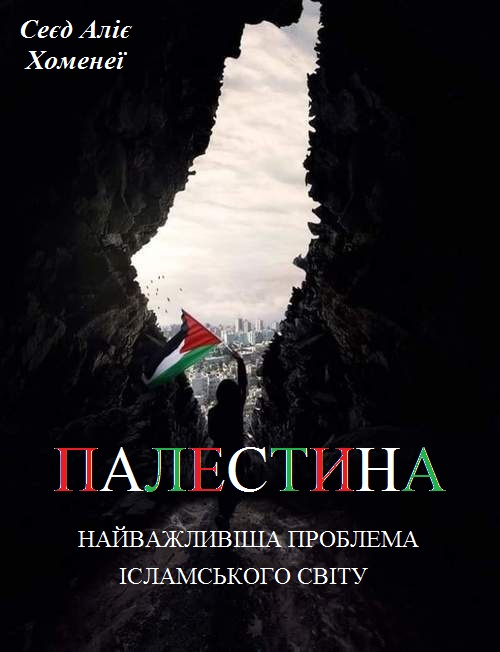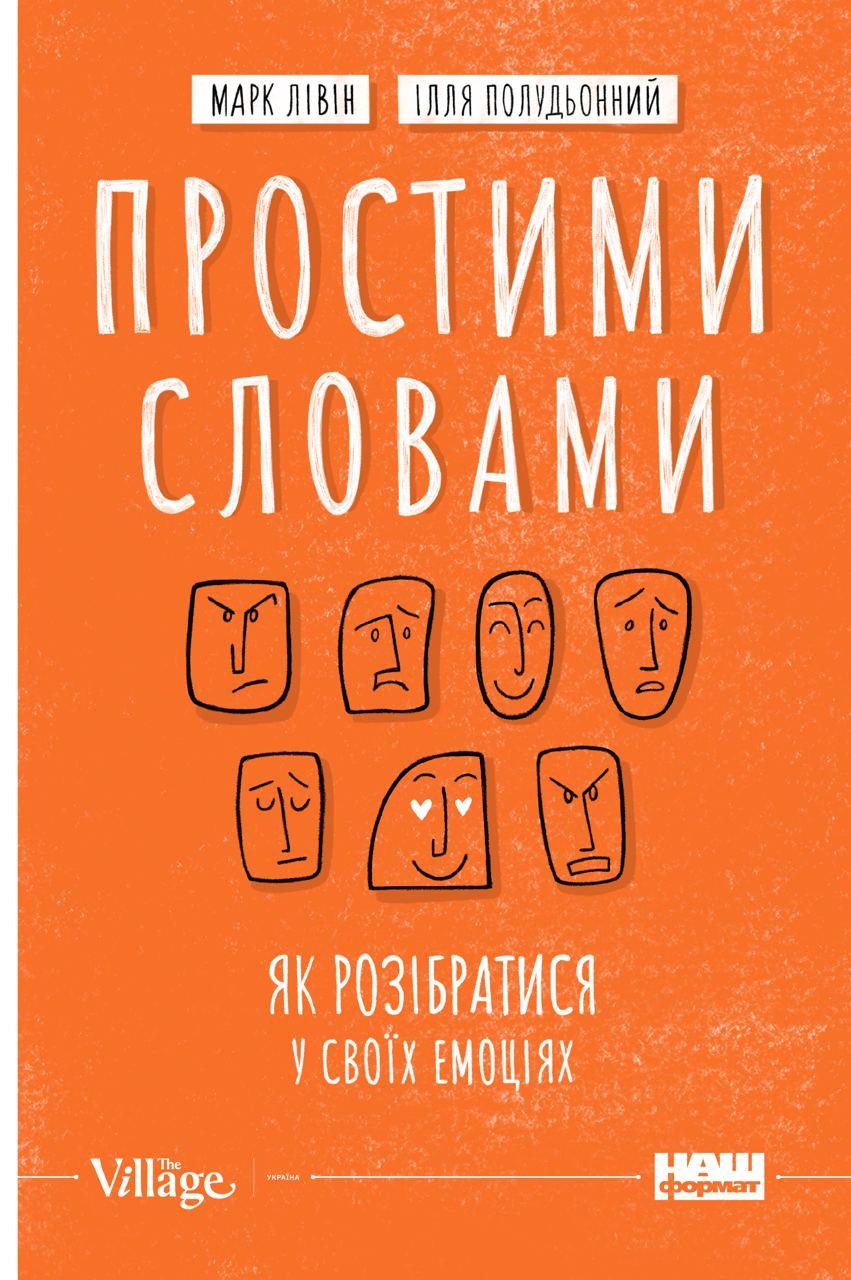Читати книгу - "Genghis Khan and the Making of the Modern World"
Шрифт:
Інтервал:
Добавити в закладку:
Our team began working together. We compared the most important primary and secondary texts from a dozen languages with the accounts in the Secret History. We hunched over maps and debated the precise meaning of different documents and much older analyses. Not surprisingly, we found vast discrepancies and numerous contradictions that were difficult to reconcile. I soon saw that Sukhbaatar was a literalist, an extreme empiricist for whom every statement in the Secret History was true, and he had taken the job of proving it with scientific evidence. But Purev thought nothing in the history should be taken at its literal meaning. According to him, Genghis Khan was the most powerful shaman in history, and the text was a manuscript of mysteries that chronicled, in symbolic ways, his rise to that position. If it could be unlocked, it would again provide a shaman’s blueprint for conquering and controlling the world.
From the beginning of our combined work, it was apparent that we could not sift through the competing ideas and interpretations without finding the places where the events happened. The ultimate test of each text’s veracity would come when it lay spread out on the ground at the place where the events allegedly happened. Books can lie, but places never do. One quick and exhausting overview of the main sites answered some questions but presented many more. We realized that not only did we have to find the right place, but to understand the events there, we had to be there in the right weather conditions. We returned repeatedly to the same places in different seasons of the year. The sites lay scattered across a landscape of thousands of square miles, but the most significant area for our research lay in the mysterious and inaccessible area that had been closed since the time of Genghis Khan’s death. Because of the nomadic life of Genghis Khan, our own work became a peripatetic project, a sort of archaeology of movement rather than just place.
Satellite images showed a Mongolian landscape void of roads yet crisscrossed with thousands of trails leading in seemingly every direction over the steppe, across the Gobi, and through the mountains; yet they all stopped at the edge of the Ikh Khorig, the closed zone. Entry into the homeland of Genghis Khan required crossing the buffer zone that had been occupied and fortified by the Soviets to keep everyone out. When they fled Mongolia, the Soviets left behind a surreal landscape of artillery craters strewn with the metal carcasses of tanks, wrecked trucks, cannibalized airplanes, spent artillery shells, and unexploded duds. Strange vapors filled the air and peculiar fogs came and went. Twisted metal sculptures rose several stories high, strange remnants from structures of unknown purpose. Collapsed buildings, which once housed secret electronic equipment, now squatted empty among lifeless dunes of oil-drenched sand. Equipment from old weapons programs lay abandoned across the scarred steppe. Dark and mysterious ponds of unidentified chemicals shimmered eerily in the bright sun. Blackened debris of unknown origin floated in the stagnant liquid, and animal bones, dried carcasses, swatches of fur, and clumps of feathers littered the edges of the ponds. Beyond this twentieth-century graveyard of horrors lay—in the sharpest imaginable contrast—the undisturbed, closed homeland of Genghis Khan: several hundred square miles of pristine forest, mountains, river valleys, and steppes.
Entry into the Highly Restricted Area was more than just a step backward in time; it was an opportunity to discover Genghis Khan’s world almost precisely as he left it. The area had survived like a lost island surrounded, yet protected, by the worst technological horrors of the twentieth century. Clogged with fallen trees, thick underbrush, and giant boulders, much of it remained impenetrable, and the other parts had seen only occasional patrols of soldiers over the last eight centuries. This restricted region is a living monument to Genghis Khan; as we traveled through the area, it seemed that at any moment he might come galloping up the river or over the ridge to pitch his camp once again in the places he had loved, to fire his arrow at a fleeing gazelle, to chip a fishing hole in the ice covering the Onon River, or to bow down and pray on Burkhan Khaldun, the sacred mountain that continued to protect him in death, as it had in life.
Our research team approached the Ikh Khorig like detectives searching a fresh crime scene. With The Secret History of the Mongols as our primary guide, we navigated the plain and surveyed the primeval landscape from various small hills and mounds. On the open steppe away from the clear landmarks of mountains, rivers, and lakes, we relied heavily on the herders who were accustomed to navigating across the grass like sailors crossing the sea. A constantly changing cluster of Mongolian students, scholars, local herders, and horsemen accompanied us, and they intently debated among themselves the answers to the questions I was researching. Their judgments and answers were always better than mine, and they asked questions that had never occurred to me. They knew how herders thought, and although they were in unknown territory, they easily identified where their ancestors would have camped or in which direction they would have traveled. They readily identified places as having too many mosquitoes for summer camp or being too exposed for winter camp. More important, they were willing to test their ideas, such as racing a horse from one point to another to see how long it took or how the soil and grass reverberated the sound of horse hooves in this particular place versus another. They knew how thick the ice needed to be in order to cross a frozen river on horseback, when to
Увага!
Сайт зберігає кукі вашого браузера. Ви зможете в будь-який момент зробити закладку та продовжити читання книги «Genghis Khan and the Making of the Modern World», після закриття браузера.

